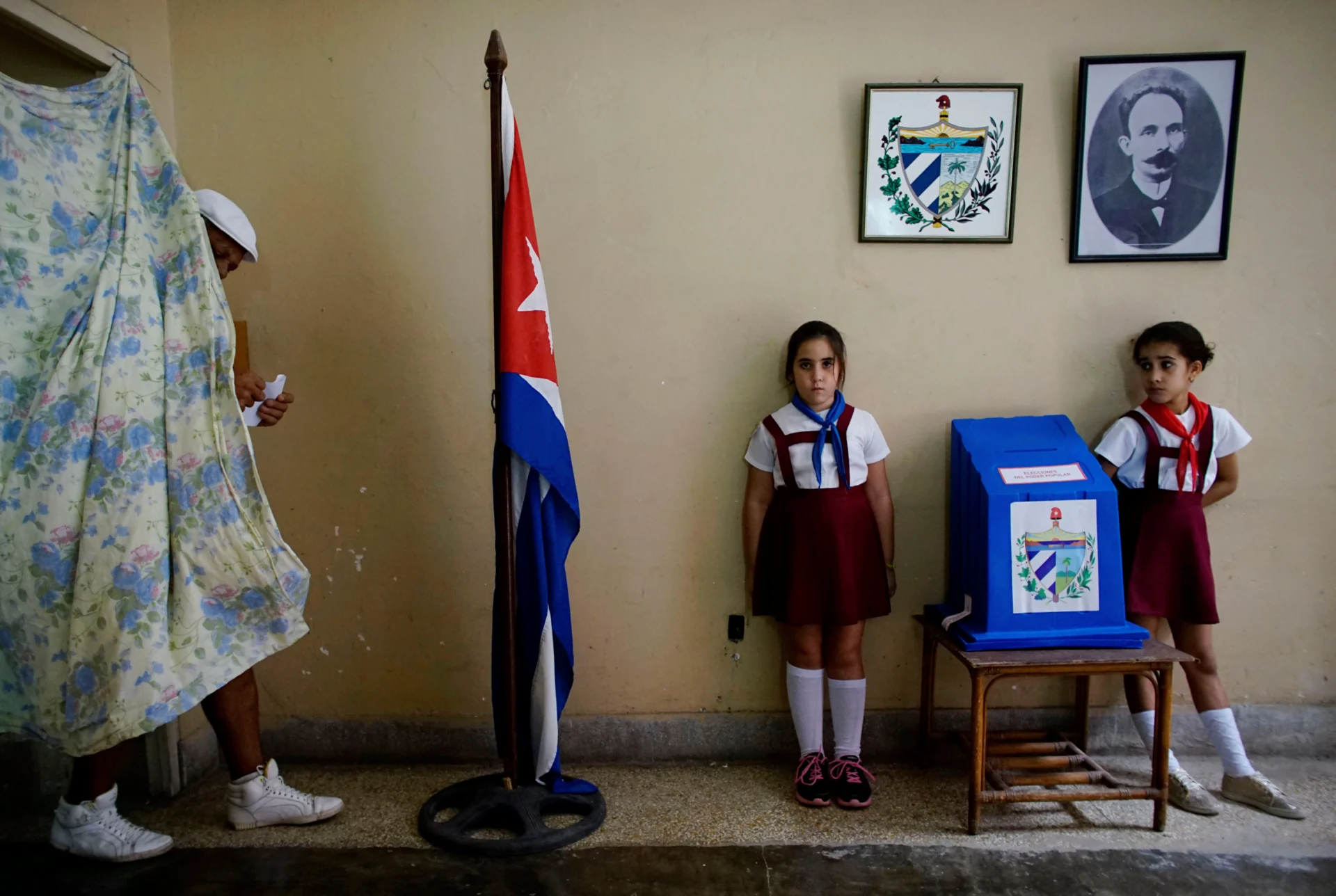The general election in Venezuela on July 28th and its aftermath have had significant regional and international repercussions. Despite various options on the ballot, Venezuelans experienced an election marked by clear competitive inequity, lack of transparency, and state control over electoral, judicial and military authorities. The opposition faced limited access to resources, both informational and financial. This electoral authoritarianism has drawn criticism from major global powers (U.S., Europe), most Latin American countries, and even progressive academic organizations like LASA.
However, for other countries in the region, truly democratic elections—plural, competitive, transparent, and participatory—are a distant memory.
Perhaps, Cuba stands out as a unique case among current Latin American autocracies. Its last truly democratic elections occurred between 1940 and 1950. After the democratic breakdown in 1952, elections became irregular, and from 1959 until the institutionalization of a Soviet-style single-party system in 1976, there were no elections at all. Since then, elections have been manipulated, with voters coerced into supporting preselected candidates loyal to the regime.
Strictly speaking, the last general election for president and the renewal of 50% of the House of Representatives and Senators under conditions of multi-party competition was held on June 1, 1948. The Cuban electoral calendar at that time—governed by the 1943 Electoral Code—defined general and partial elections by combining the plurality rule with a system of provincial votes to elect the president, a relative majority system in multi-member districts with minority representation for the Senate, and the election of representatives based on proportional representation using the Hare quota system with a 50% renewal in midterm elections every two years.
The electoral results of the period were conditioned not only by this combination of electoral rules (P/RP) but also by the characteristics of the Cuban party system itself. That is, a moderate multi-party system without a dominant party capable of competing and winning alone, which incentivized the establishment of broad electoral alliances. Unlike the two previous elections (1940-1944), the general elections of 1948 marked the end of large, centripetal bipolar coalitions and the beginning of the fragmentation and polarization of the party system.
In June 1948, the number of competing candidates increased to four, reducing the size of the two main coalitions that fielded strong candidates. The winning candidate of the Authentic Republican Alliance (PRC-A/PR) was Carlos Prío Socarrás (PRC-Authentic) (46%), followed by the candidate of the Democratic-Liberal Coalition (PD-PL) Ricardo Núñez Portuondo (30%); the remaining 24% went to two independent candidates, Eduardo Chibás of the new Cuban People’s Party (Orthodox) (PPC-O) (16.5%), and Juan Marinello of the Popular Socialist Party (PSP) (7%).
This reflects the plurality of the party system of the period, as seen in the partial election of 1950, where the PPC-O gained legislative strength (13.6% of the seats) surpassing traditional right-wing parties (Liberal 12.1%) and Democrat (9%), and a new center-right party emerged, the Unitary Action Party (PAU) (6%) led by Fulgencio Batista.
The Socialist Constitution of 1976 and Electoral Law 72 of 1992 defined the foundations of the Cuban electoral system until its marginal reform in the 2019 Constitution. In general, these electoral rules were an efficient mechanism for selecting and rotating loyalties within a cohesive elite.
Designed to (re)produce consensus within a single-party system, their functionality depends on a selective filter aimed at ensuring the continuity and governance of a totalitarian regime. While it is true that candidate nominations are direct at the district level, candidacies for municipal, provincial governments, and deputies to the National Assembly are subject to a “double selective filter” based on criteria of ideological suitability. The Electoral and Nomination Commissions at various levels fulfill this function: ensuring the cohesion and loyalty of candidates on a closed list that will be submitted to (in)direct voting by a select group of proven loyalists.
Fifty percent of the proposed and voted candidacies at the municipal level, to be part of the National Assembly, are behaviorally voted in block by “unity,” emerging from proposals developed by these Nomination Commissions and must be approved by the Electoral Commissions, subverting the notion of popular representation. It is important to emphasize that since the ‘election’ (sic) for president in 2016, there has been a decline in electoral participation and an increase in blank ballots, null votes, and selective voting.
Despite the new Electoral Law No. 127 of July 2019, which aims to professionalize and grant greater autonomy to the Electoral Councils and Nomination Commissions at various levels, Article 86 recognizes the ethical principle of electoral authorities as “demonstrating, at all times, their loyalty to the Fatherland, the Revolution, and the political, economic, and social system we defend” (sic). Within the totalitarian autocratic framework, elections will always be a mechanism to reinforce the power of an illegitimate elite.
Translated by Ricardo Aceves from the original article in Spanish.













